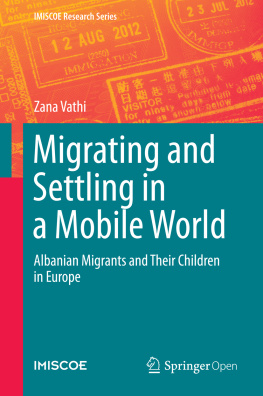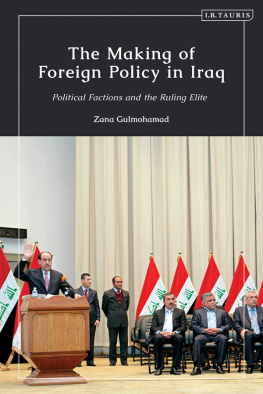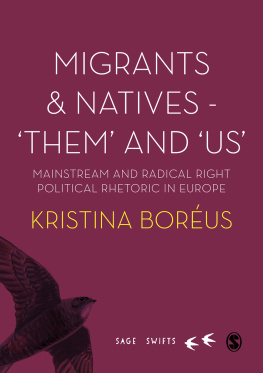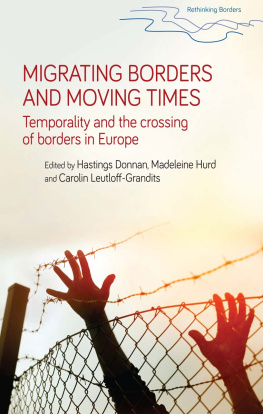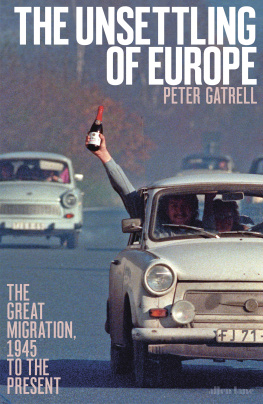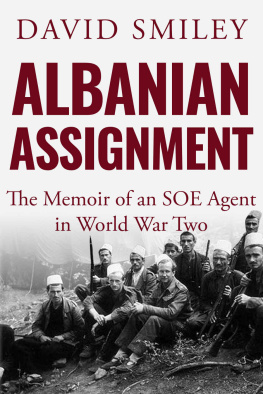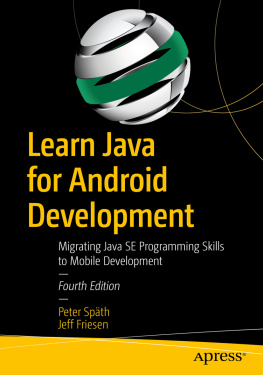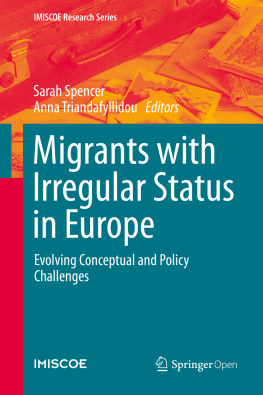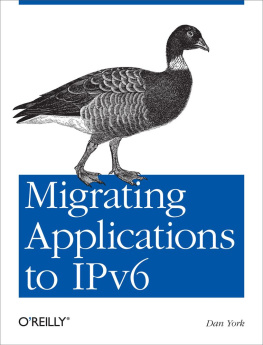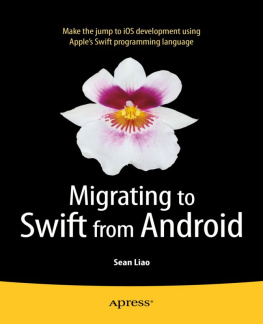1. Introduction
This book focuses on the migration and settlement of Albanians and their children in different European cities. It analyses these processes by taking into account intergenerational transmission and views mobility as an inherent characteristic of contemporary lives, even where low-skilled and de-skilled migrants and their descendants are concerned. Building on central concepts in the social sciences and migration studies, such as identity, integration, transnationalism and intergenerational transmission, the book links these notions with the newer, developing theoretical and conceptual frameworks of mobility, translocality and cosmopolitanism . Identification, integration, transnational ties and intergenerational transmission are analysed in relation to institutional aspects of social systems as major factors affecting social relations (Giddens 1991). They are also seen in relation to time and space , in an effort to address a certain spatial and temporal essentialism that has typically characterized migration studies.
Using a variety of field methods, the book compares the ethnic identities, integration pathways and transnational ties of Albanian migrants and Albanian-origin teenagers in three European cities: London , Thessaloniki and Florence . taking a transnational optic and based on inter-country comparisons. Its perspective includes the transmission of identity across generations and the multiple interactions of immigrants and their descendants within different societies across Europe and in the home country.
One aspect that distinguishes this research from other studies on the second generation in Europe is that, whereas other research has focused on the second generation at an adult age , this book involves a new second generation , or a second generation in-the-making. This is inevitable in view of the history and chronology of the Albanian migration in Europe , which dates only from the 1990s. There are two main implications of this for the projects approach. Firstly, it gives us a privileged position for investigating processes of integration among a newly settled immigrant group and their descendants and for comparing and contrasting different national , city and local contexts where these processes were taking place. Secondly, this study draws attention to a group potentially at risk of downward assimilation , based on the positioning of the first generation of Albanian migrants, especially their concentration in disadvantaged employment and housing and their strong stigmatization and discrimination (Bonifazi and Sabatino 2003; Hatziprokopiou 2006b; Markova and Black 2007) . In light of US-derived theories that emphasize role of the mode of incorporation of the first generation on the integration of the second generation (Portes and Rumbaut 2001; Portes and Zhou 1993) , a disadvantaged starting point might result in entrenched downward mobility for the Albanian second generation.
The second generation in the USA and Europe came to the attention of researchers and policymakers only when it came of age (Crul and Vermeulen 2006) . The literature from North America and Europe points to clear examples of failure to address issues of discrimination and exclusion , which led to the marginalization of large second-generation groups. Therefore, another major objective of this project is to provide evidence and inform policymaking on the integration of second-generation teenagers , thus taking a proactive approach towards the integration of ethnic minorities . In this respect, the study follows the strong emphasis of the European research on bridging gaps between research and policymaking on issues of integration. It also responds to European scholars concerns that, despite the growing interest in the integration of the second generation , research and policymaking in Europe have lagged behind in time and scope. For example, Crul and Vermeulen (2006) and Simon (2003) observe that in many European countries the lack of recognition of the second generation as a legacy of immigration led to a general apathy among scholars and policymakers.
In addition to responding to these policy concerns, this book shifts the focus to Southern Europe , where awareness of and interest in issues of second-generation integration are still at an early stage. Informed policymaking is particularly important in this context as the lack of coherent immigration and integration policies and the negative impact thereof on the second generations integration strategies have already been documented (Gogonas 2010; King and Mai 2009) . It also needs to be pointed out that the first wave of comparative research on the second generation was carried out in the main immigration countries of continental North-Western Europe (especially in France, Germany, the Netherlands, Belgium and Switzerland); Greece , Italy and the UK were not part of past cross-national comparative research on the second generation in Europe (Crul and Vermeulen 2003) .
Comparative research is a growing trend in migration studies. Yet, very few studies take a cross-generational approach and simultaneously compare migrants and their descendants across different sites. A core argument for inclusion of the first and second generation in the current research is the characteristics of migration in this particular case: Albanian migrants and their descendants are settling at the same time . Inclusion of both generations seeks to elaborate on a general observation in the literature that the mode of incorporation of the first generation endows the second generation with differing amounts of cultural and social capital in the form of job networks and values , and exposes them to differing opportunities, thus exerting differential pulls on their allegiances (Levitt and Waters 2002, p. 15) . Additionally, this design enables research on intergenerational transmission, which is currently an understudied topic. The focus on first-generation migrants and their descendants in this book is also related to recent developments in theorizing on migration. Portes (2010, p. 1557) maintains that a medium timeframe encompassing two or three generations is the best approach to studying migration; short-term approaches miss the durable effects of migration upon migrants and their descendants, whereas a long-term historical lens misses those effects already absorbed into the culture of the respective societies.
Studying the first generations aspirations for their children , and the impact of the first generations migration experiences on the second generations identity formation, therefore constitutes an important strand of this book. Few studies have integrated parents in their investigation. When this has been done, the information on parents has been considered as subsidiary to the data drawn from the second generation (see, e.g., Waters 1994). Only a handful of studies in the field of migration and integration of the second generation have recognized the role of the family as a source of social and human capital (e.g., Aparicio 2007; Dwyer et al. 2006; Marques et al. 2007) . Portes and Rumbaut (2001) and Rumbaut (1994) took a quantitative approach to investigate the second generations prospects of integration and the impact of parents status and child-parent relationships on the second generations adaptation . Crul (1999) investigated the role of parents socio-economic characteristics, their education in relation to their knowledge of the educational system of the host country, and their rural or urban background in relation to the process of acculturation all this through interviews conducted with the second-generation youth . In contrast to these previous studies, the study presented in this book incorporates the experiences of the first and second generations and includes intergenerational transmission as an integral part of the research design, given that parents and their experiences have a direct and active role in shaping the second generations perceptions and integration expectations.

